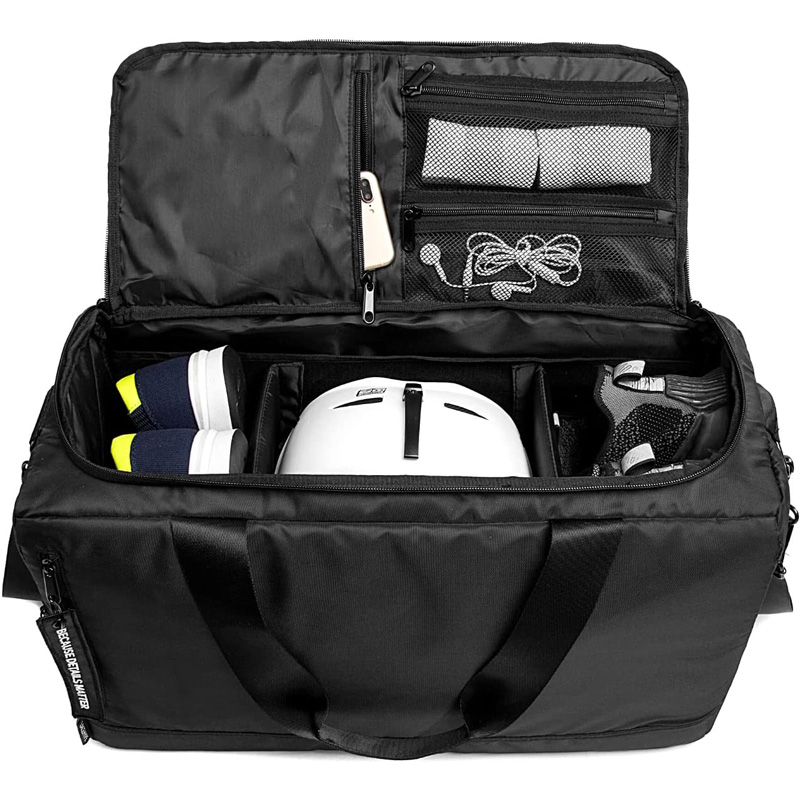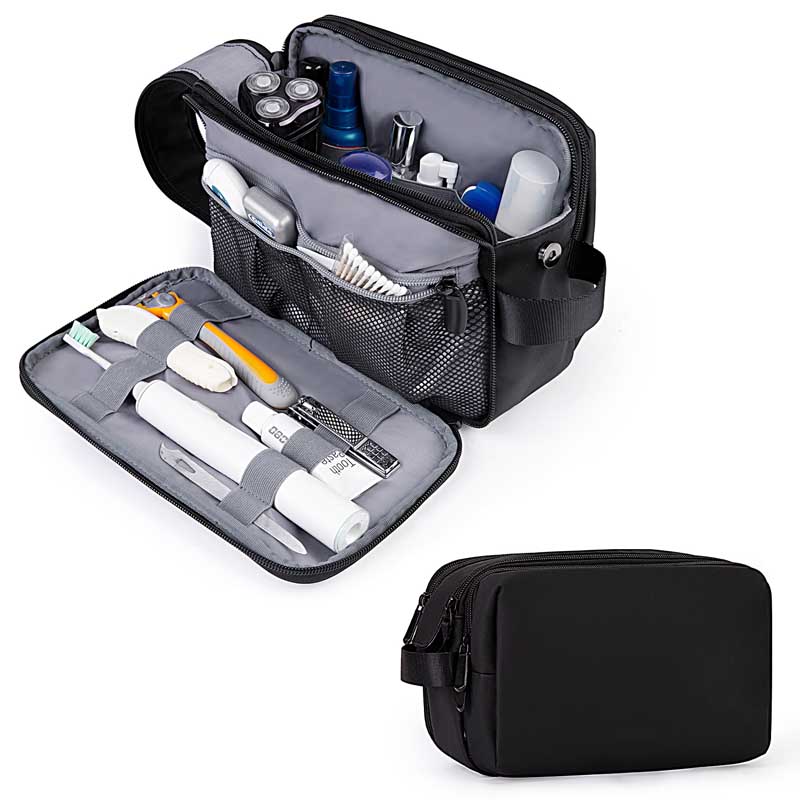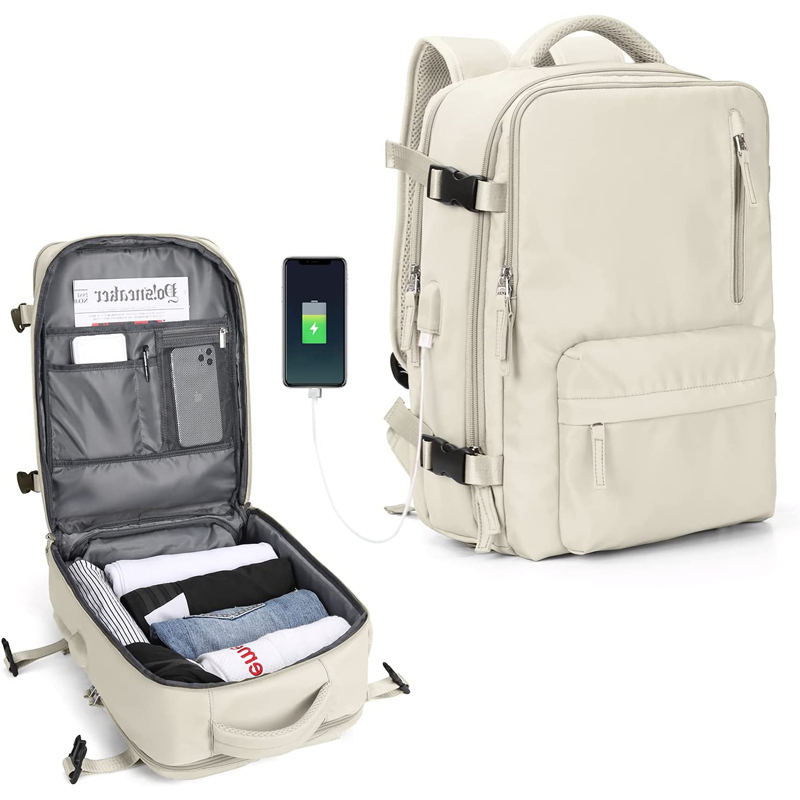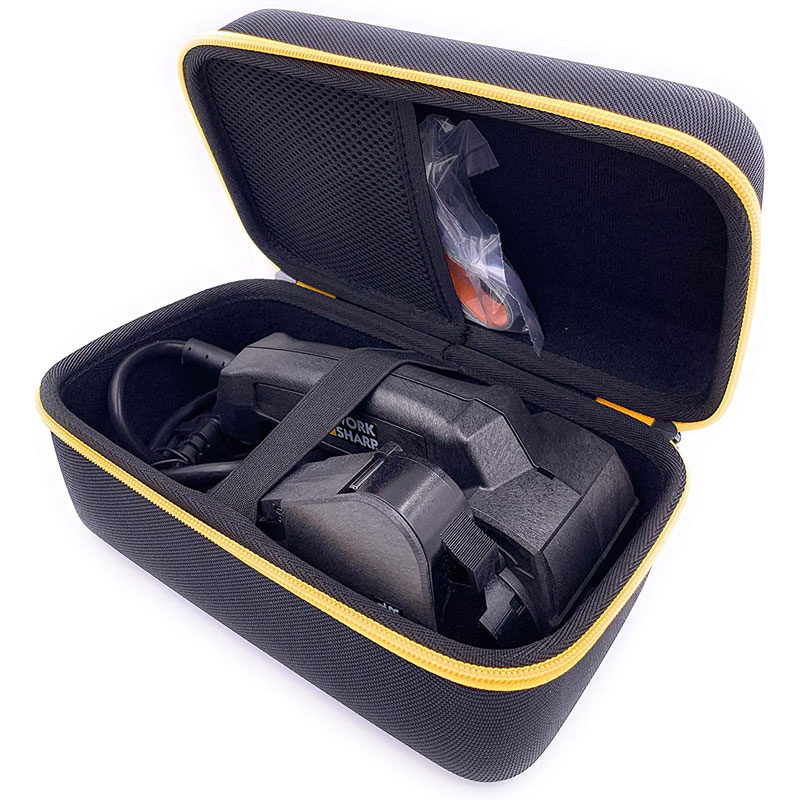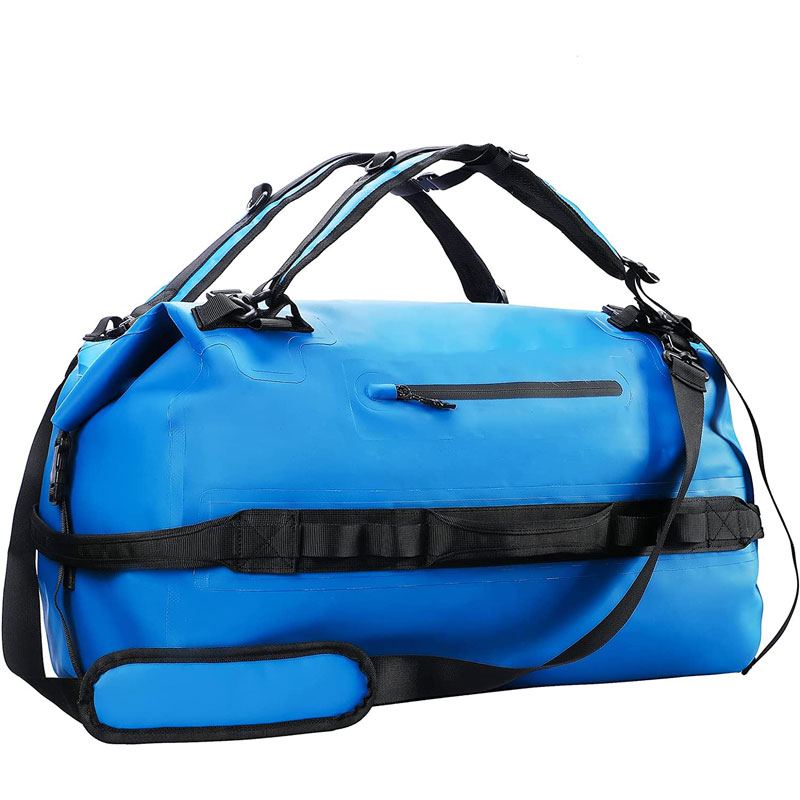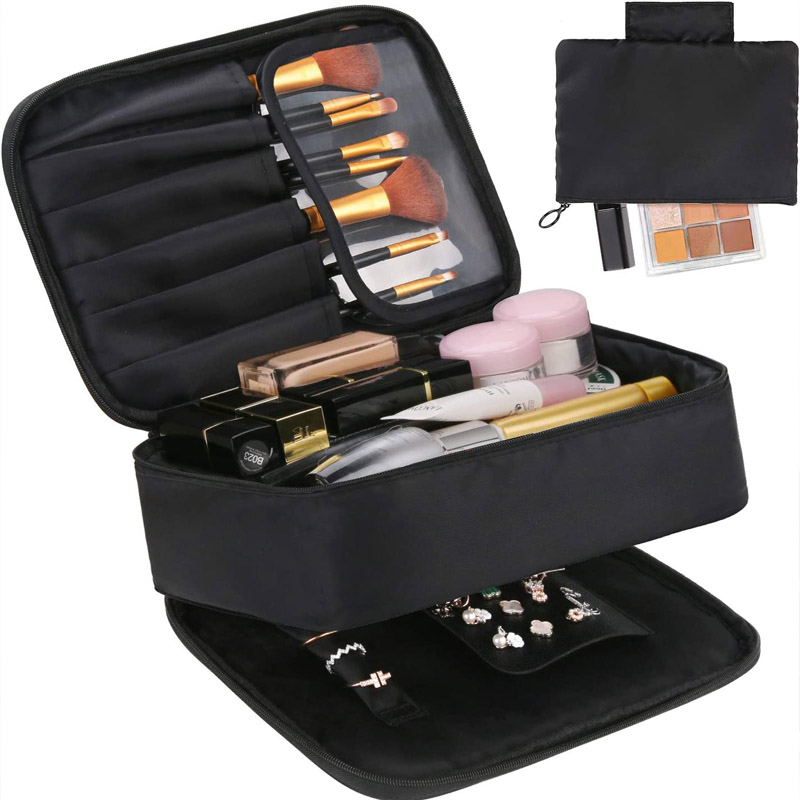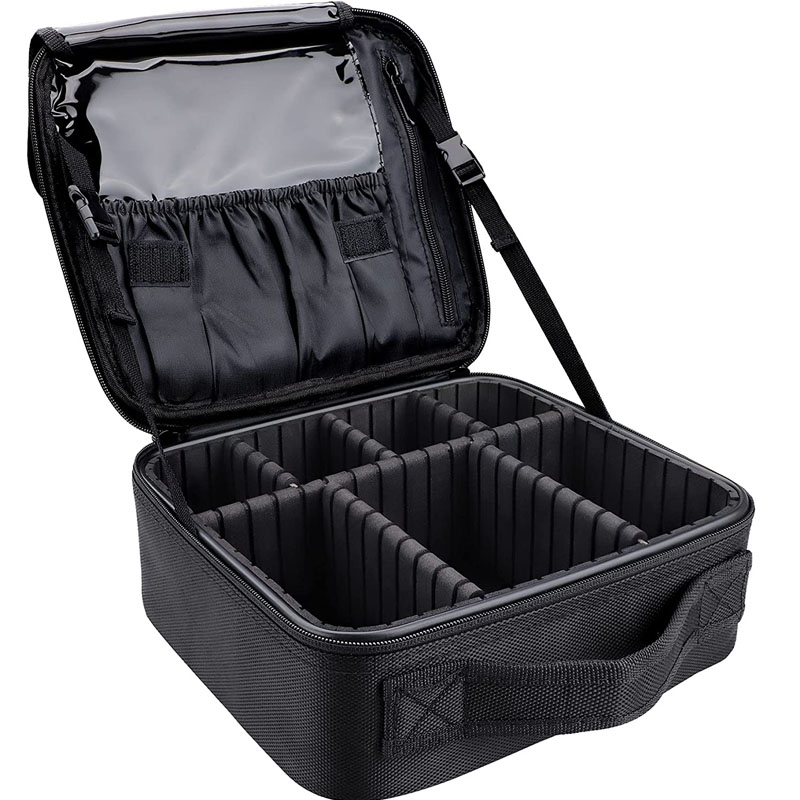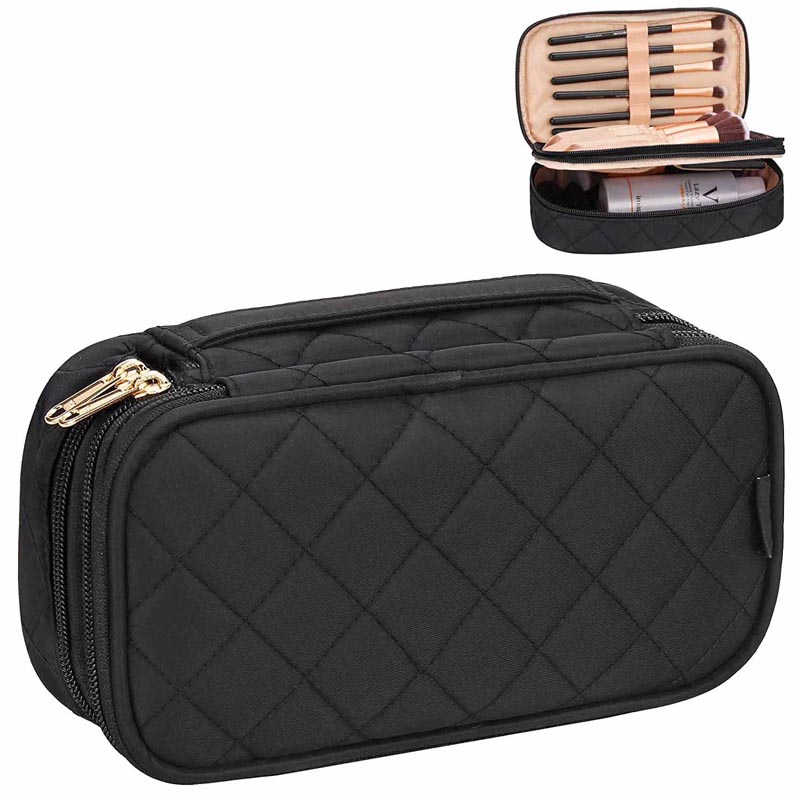Portability
Most people have many different bags to cater to different outdoor travel needs. But if you want to purchase a so-called universal or versatile backpack, your first consideration is portability. When making a purchase, you can try asking yourself a few questions: What do I usually do when I buy it? Where will it be used? How many days do I usually go out? What do I often bring when I go out?
Frame construction
This is a very important point! No matter what backpack you buy, carrying it without fatigue is always more important than anything else. After all, backpacks, like shoes, look good for others, and feel good for yourself. A good backpack system can distribute the pressure on the shoulders to the waist, which is not just a simple waistband design. More importantly, it is the framework structure or carrying system. The frame structure of outdoor backpacks is mainly divided into three categories: external type, internal bracket, and internal frame. The internal type is better than the external type.
The external type does not have a true aluminum alloy bracket, and in a narrow sense, it cannot be considered as having a frame structure design. It is to fix the backpack on a hard frame plate (such as aluminum alloy), and its exterior is filled with padding such as foam or sponge to form a buffer block, achieving shock absorption and pressure reduction effects. This type of backpack system is usually not easy to carry excessively heavy.
The internal bracket is a very professional backpack design, and backpacks with this design are equipped with X-shaped or parallel dual track metal brackets arranged inside. This design evolved from the earliest external metal support structure, improving its design flaws and experience deficiencies. Its function is to ensure that the back does not collapse when the backpack is filled sufficiently. It's not difficult to understand why when you tie your belt, your shoulders will feel relaxed.
The carrying effect of the internal frame is very similar to that of the internal bracket, especially the actual experience difference on short distance backpacks is not very significant. As the name suggests, this is a metal frame extending from the inside of the backpack. Similarly, the presence of metal frames plays a crucial role in supporting backpacks. Compared to the internal bracket, it is lighter in weight, but physically, we know that this design is not as load-bearing and compression resistant as the bracket structure. So this design is rare on heavy backpacks (long-distance, adventure backpacks).
size
Many people have a misconception about the size of backpacks, which is the capacity. The size mentioned here is not the size of the backpack that can hold many things, but the size that matches people of different physiques. Narrowly speaking, it can be understood as height and width. The height measurement method starts from the upper end of the spine, the back of the neck, and the protruding area that can be clearly felt by the hand, and continues down the spine to the upper edge of the buttocks, until the back lumbar fossa, and the length between them.
Another dimension that needs to be measured is the width of the backpack. We don't need precise quantification for this, as mass-produced mass-produced models are available on the market, and it's impossible for the height to width ratio to perfectly fit everyone. Generally, after carrying a backpack, the width of the backpack without placing water bottles on both sides is close to the waist width after wearing a wide coat, which is considered suitable. If it is significantly large, even if the corresponding height matches you, it is recommended to choose a backpack that is one size smaller.
Convenience
The convenience of using backpacks mainly lies in the design of the pockets. Taking the top opening design as an example, there are three common types: zipper, drawstring, and drawstring with cover. Each of the three designs has its own pros and cons, with easy access without covers, but it's even worse on rainy and snowy days
Some people may ask: Most daily backpacks do not have a cover design, while most outdoor backpacks do. If you extend your understanding, you will find that choosing a backpack with a waterproof zipper on the outside is better than not having one. In addition, the top opening design is just an example, and it is important to choose with questions. Which design is more convenient in the environment I am using?
Detail design
Never neglect the role of details in anything, especially when it comes to poor design details. The amount of water in a wooden bucket is determined by the short board, and there is a truth to it. The designer is more professional than us, and he will try his best to perfect the details of the design. But with different usage environments, good design often leads to bad results.
If you hike in the lush forest, it doesn't mean you can carry a professional exploration backpack to conquer everything. Excess hanging straps or an unreasonable side pocket design can cause trouble if you are caught by branches, and may even cause accidents. When it comes to simplicity, it must not be complicated. It is not difficult to understand why short distance backpacks have abandoned so many redundant functions in their design. Why is this backpack so designed in detail? Do I need a top opening or a side opening?
Weight
There's not much to say about this. The best way is to experience it in a physical store. If it's online shopping, find a backpack at home to fill and simulate the weight. Carry it on your back and carry it. Sometimes an empty backpack may not seem very heavy, but after walking for a few hours with it filled in, you may think: why is it so heavy!


